How to Use a Letter of Accommodation Template Effectively
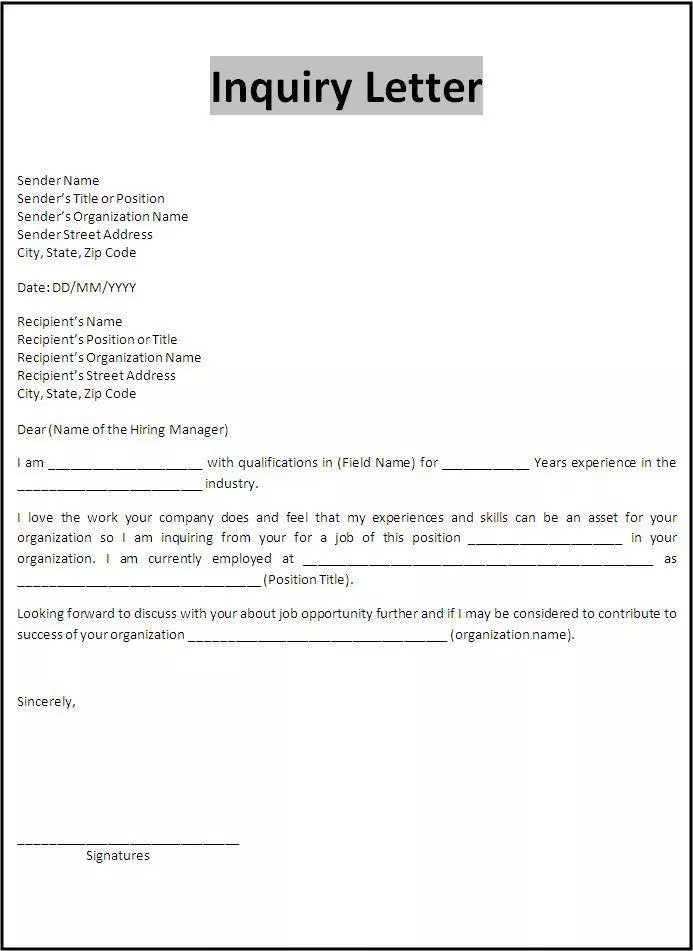
When an individual needs help or special consideration in a specific environment, it is important to communicate the request in a clear and formal manner. A well-structured document ensures that the request is understood and taken seriously by the recipient, whether it is for educational, work, or other settings. Below are essential guidelines for crafting such a communication.
Essential Components of the Request
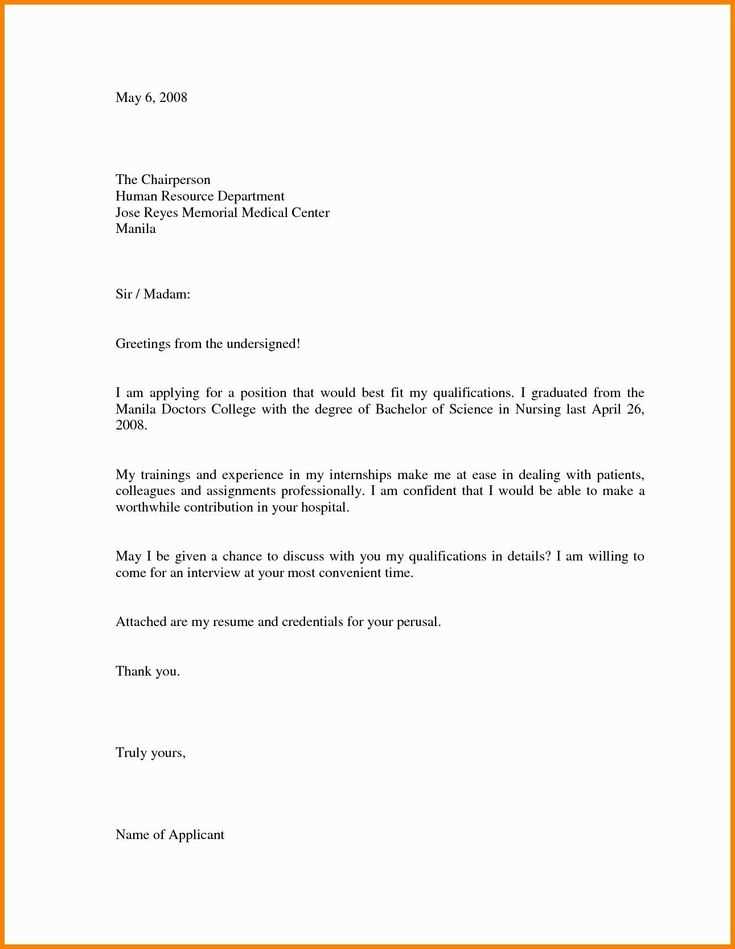
To make your request effective, it should contain several key parts:
- Introduction: State the purpose of your message and the reason for the special consideration.
- Details of the Request: Provide specific information about the assistance you require and why it is necessary.
- Supporting Information: Include relevant documentation or background details that justify your request.
- Conclusion: End with a polite closing statement, requesting the recipient’s help or cooperation.
Best Practices for Clarity
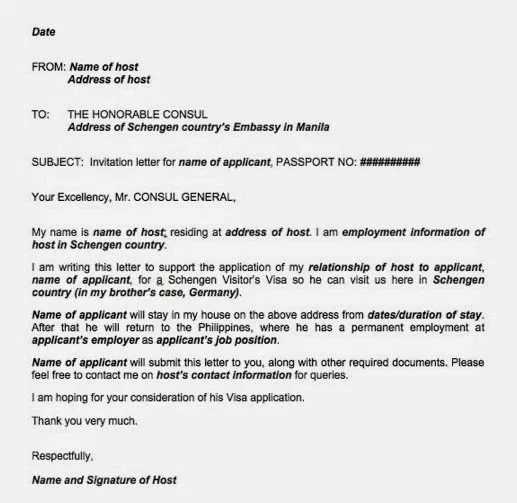
When drafting this formal communication, it is crucial to remain clear and concise. Avoid excessive jargon and be direct about what you are asking for. The more straightforward you are, the easier it will be for the recipient to understand and act on your request. Here are a few tips to consider:
- Use simple and formal language.
- Clearly explain your situation and needs.
- Ensure the tone remains professional and respectful.
Common Pitfalls to Avoid
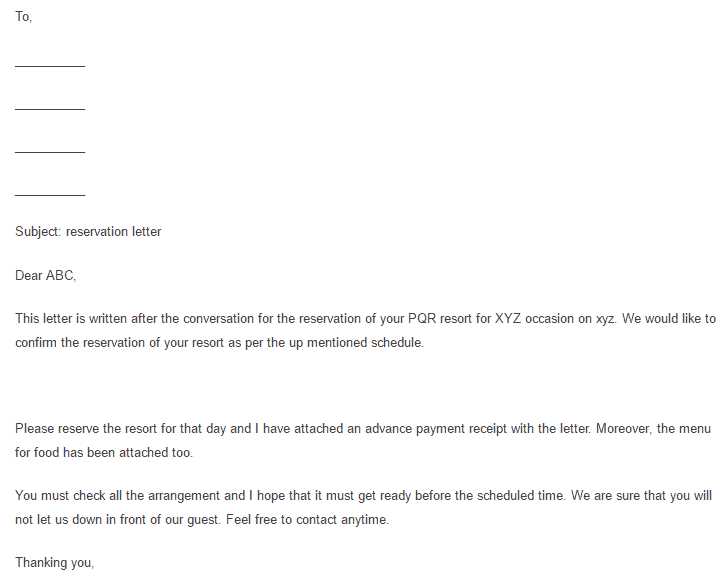
While writing such a communication, there are some common mistakes you should be mindful of:
- Vagueness: Being too general can lead to confusion or rejection of your request.
- Failure to Provide Evidence: Without supporting documentation or a clear explanation, your request may seem unsubstantiated.
- Over-complication: Keep the content easy to follow and to the point.
Adapting the Request to Different Contexts
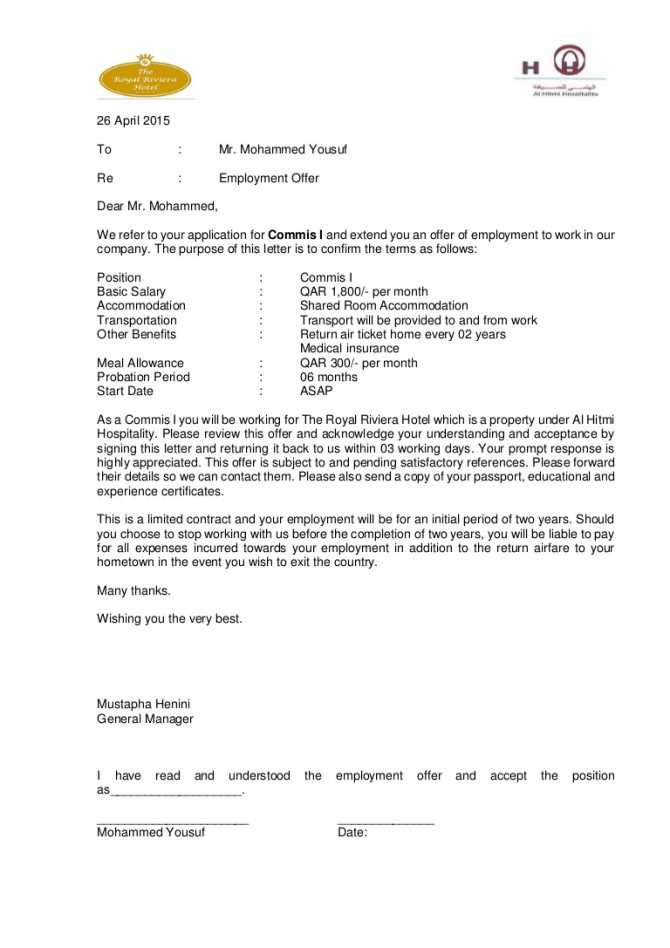
Depending on the setting, the way you format your request may change. For example, in a workplace setting, you might need to include specific details about your job and how the request would impact your performance. In educational contexts, more emphasis might be placed on academic requirements and support services available. Be sure to tailor your approach based on the audience to increase your chances of a positive response.
What is a Formal Request for Special Assistance
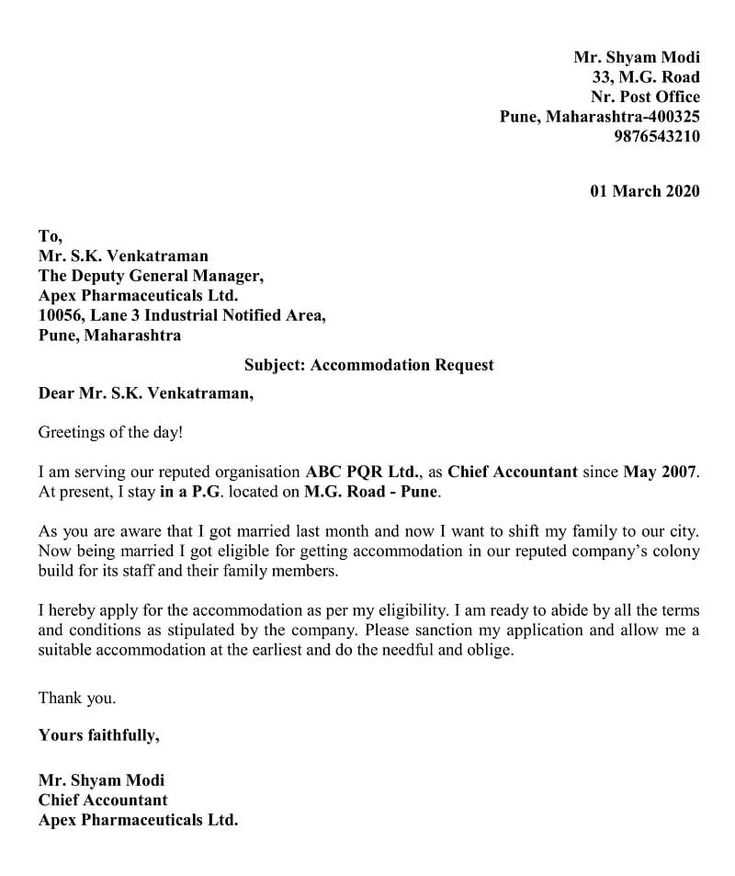
In certain situations, individuals may require specific modifications or support to ensure they can function effectively in a given environment. This formal request is a crucial tool to communicate the need for such adjustments, whether in an academic or professional context. Crafting this document requires attention to detail to make sure the request is clear and compelling, increasing the likelihood of a favorable response.
Key Elements of an Effective Request
An effective request includes several key components to ensure clarity and precision. These parts help outline the reason for the request and what specific changes or support is being sought. The most important elements are:
- Introduction: A clear statement of who you are and why you are writing.
- Details of Your Needs: A concise explanation of the specific help you require and how it will support your success.
- Supporting Documentation: Any additional information or evidence that backs up your need for the adjustment.
- Conclusion: A polite request for the recipient’s understanding and cooperation in providing the necessary support.
When to Submit a Request
Timing plays an essential role when submitting such a formal request. It’s important to send it as soon as you are aware of your need for special assistance. Early submission allows the recipient enough time to consider your request and make necessary arrangements. Be mindful of deadlines, particularly in professional or academic settings, to ensure your request is addressed promptly.
Tips for Crafting a Clear Document
Clarity is critical when writing this formal request. To ensure your communication is effective, keep the following tips in mind:
- Use simple and straightforward language to avoid confusion.
- Be direct and specific about the type of support needed.
- Maintain a respectful and professional tone throughout.
Common Errors to Avoid
While drafting your request, certain mistakes can hinder its effectiveness. Avoid the following:
- Being too vague: Not specifying exactly what changes or support is required can lead to misunderstandings.
- Omitting evidence: Failing to provide relevant documentation may weaken the justification for your request.
- Overcomplicating the message: Keep the communication simple and easy to follow.
How to Tailor the Request for Specific Situations
Adapting your request to suit the context is essential. In an academic environment, your focus may be on how specific adjustments will affect your studies, while in a workplace setting, it might center on how changes will improve your work performance. Make sure to customize the content according to the situation and audience to ensure the request is relevant and compelling.